+=+=+=+=+=+=+=+=+=+=+=+
Baclaran, Pasay City, Philippines MAP
(...all photos by Kokoy except where indicated otherwise...)
(...all photos by Kokoy except where indicated otherwise...)
One of the largest churches in Manila is the National Shrine of Our Mother of Perpetual Help, or popularly known as Baclaran Church. Built in a Romanesque architectural style, the elaborate altar was donated in 1932 by a devotee family to house the icon of Our Mother of Perpetual Help brought to the Philippines by Redemptorist priests in 1906. Baclaran Church survived the ravages of World War 2, even as Japanese forces interned the priests and dispersed the community. After liberation the icon was recovered from a prison used by the Japanese to store art pieces stolen from Filipino homes. In 1948, the rector introduced what is now the most attended weekly Novena in the world when an estimated 100,000 flock to the church grounds to pray together every Wednesday, which has become known as “Baclaran Day.” On the first Wednesday of each month, the crowd swells to about 120,000, with larger numbers on Ash Wednesday. Even with its floor area of over 54,000 square feet, crowds spill out into the courtyard area during Sunday Mass. Baclaran Church has never closed its doors, and people come to pray to Our Mother of Perpetual Help at all hours of the day. Late into the night and the wee hours of the morning, devotees come for meditation and to line up for a brief contact with the icon at the altar.
Espousing the Redemptorist mission to uplift the poor, the community of Baclaran Church offers numerous services for the economically disadvantaged, including a Crisis Intervention Center to meet emergency needs; a justice and peace center which advocates and campaigns to build awareness of such issues as human rights, ecology and disaster preparation; the Sarnelli Center for Street Children which offers temporary shelter, skills and livelihood training, education, and family reunification to the indigent; an educational assistance program to help poor students attend college; and a medical and dental facility for primary health care. Most recently, the southern wall of the grounds has been transformed into an extensive mosaic put together diligently by teams of local artisans. With small fragments of colored ceramic, the mosaic outlines the history of the Filipino people using the ancient Baybayin alphabet whose evolution was interrupted and virtually extinguished by colonial conquest.
Much more information, including a Mass and Novena schedule can be found on the Baclaran Church website http://baclaranovena.org/, where you can even email your prayer intentions from anywhere in the world. (I promise that Our Mother of Perpetual Help checks Her email regularly. :-) If you want a seat in a pew near one of the wall-mounted oscillating electric fans, it is advisable that you arrive early. With tens of thousands in attendance at each Mass, you can imagine how long Communion would take, so you would need to get there even before the previous Mass has finished. The Sunday Tagalog Mass at 3:30 has a traditional Filipino rondalla choir with a bandurria section and upright bass. If you are facing the altar, the choir seats to the right of it. After Mass, you can get a chair massage in the courtyard from one of the famous blind therapists.
The Baclaran Church grounds also hosts the Desaparecidos Memorial, one of the most emotionally moving monuments in the city of Metro Manila, honoring those who have involuntarily disappeared at the hands of authorities or otherwise. In the southwestern corner of the grounds solemnly stands "Flame of Courage," a monument to memorialize the disappeared. Etched into a series of black granite plates are hundreds of names, starting in 1971, the year before the Marcos dictatorship declared martial law, and spanning four subsequent presidencies (Aquino, Ramos, Estrada, Arroyo) over three decades through 2003, the year before this monument was erected. No doubt, there have been countless others since then.
Say their names...
May 2019:
November 2018:
July 2018:
June 2018:
January 2018:
December 2017:
November 2017:
July 2017:
November 2018:
July 2018:
June 2018:
January 2018:
December 2017:
November 2017:
July 2017:
 |
| As always, the workers are unattributed and uncredited - the true artists in this amazing piece... |
December 2016:
The following are from "Pagtatanod sa anino ng kamatayan," an exhibit of images by photojournalists Vincent Go, Czar Dancel, Raffy Lerma, Jun Santiago, CSsR, Dante Diosina, Jr., Jay Ganzon and Patrick Adalin documenting the so-called war on drugs in the Philippines...
July 2016:
April 2016:
July 2015:
December 2014:
2008:
"Life is not a journey, but a pilgrimage..."
- Kokoy Severino has been in a constant state of travel since he was four years old.
 |
| Photo by Dad. |

























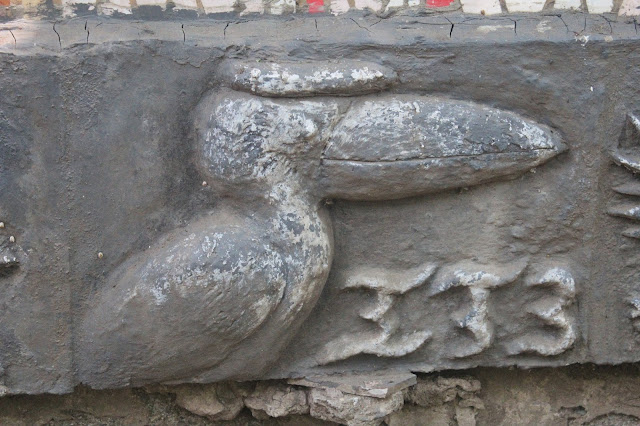











































































































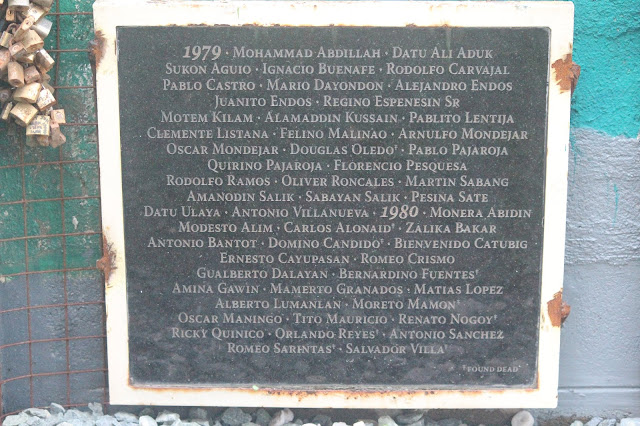
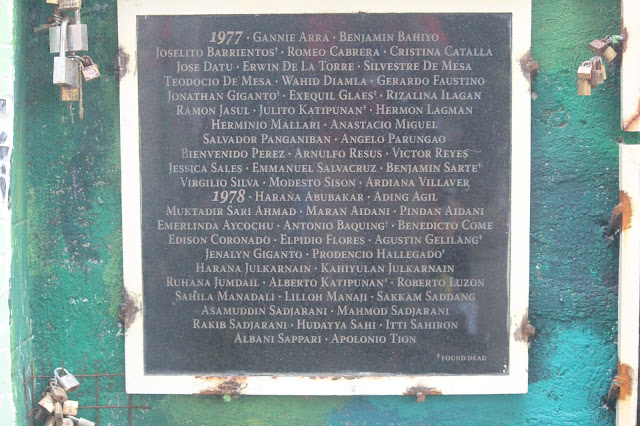













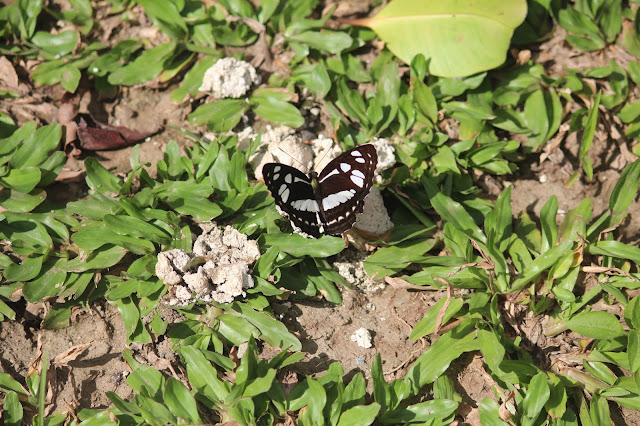


















































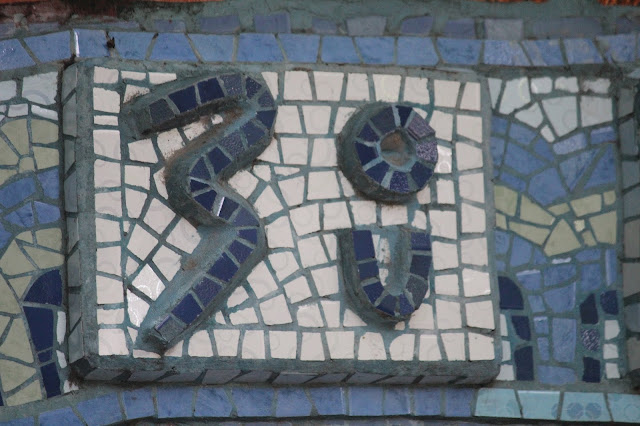


















































































































No comments:
Post a Comment